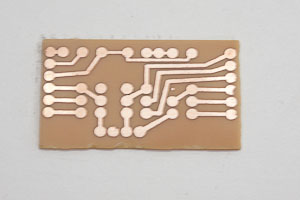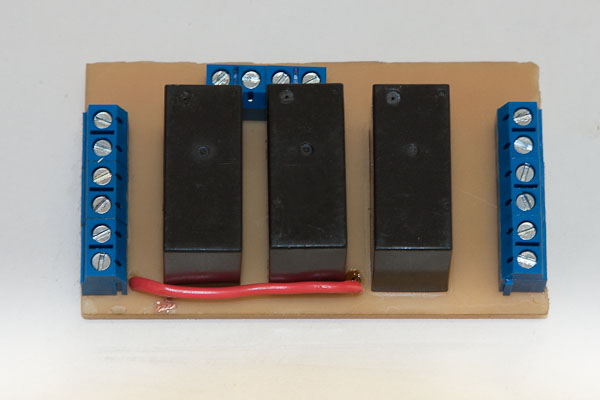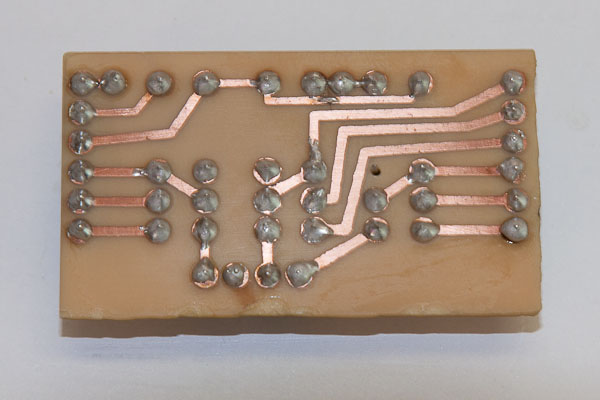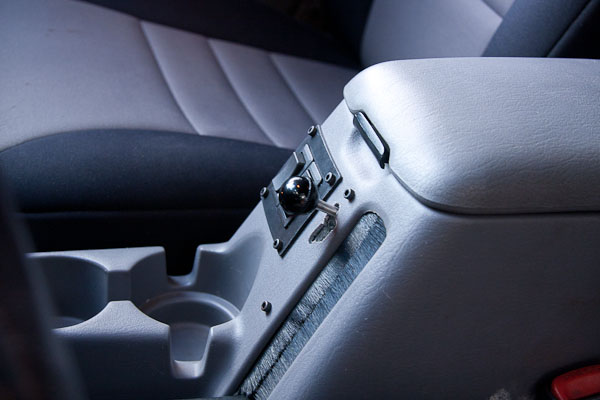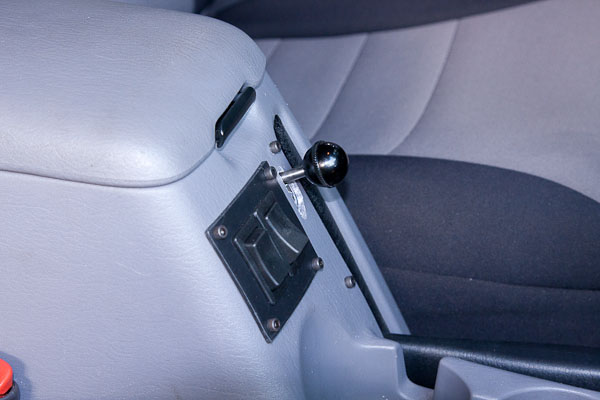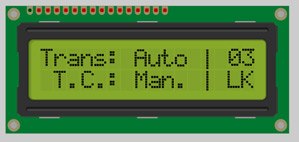- Location
- Rainy side of Washington
Well, a great number of the under-hood connectors in an XJ (at least, the late model ones) are from the FCI APEX 2.8mm series. Haven't figured out which ones yet, but most of the ones with the little red plastic safety latch on the retention clip are.
What I'm doing for this test is splicing about 6 feet of good quality wire to each side of the connector for the transmission (the one right by the dipstick tube that isn't the NSS connector.) I'm running the cable into the passenger compartment via one of the holes in the firewall to a barrier strip mounted on a piece of plexiglass that sits in the passenger seat. That way I can wire test hardware to the barrier strip and drive around without worrying about sealing the whole thing up, and can take live measurements. For this test I actually could do the same thing but put the wiring in between the TCU (under the dash by the gas pedal) and the wiring harness, but I hate trying to get under there and wire is cheap.
What I'm doing for this test is splicing about 6 feet of good quality wire to each side of the connector for the transmission (the one right by the dipstick tube that isn't the NSS connector.) I'm running the cable into the passenger compartment via one of the holes in the firewall to a barrier strip mounted on a piece of plexiglass that sits in the passenger seat. That way I can wire test hardware to the barrier strip and drive around without worrying about sealing the whole thing up, and can take live measurements. For this test I actually could do the same thing but put the wiring in between the TCU (under the dash by the gas pedal) and the wiring harness, but I hate trying to get under there and wire is cheap.

